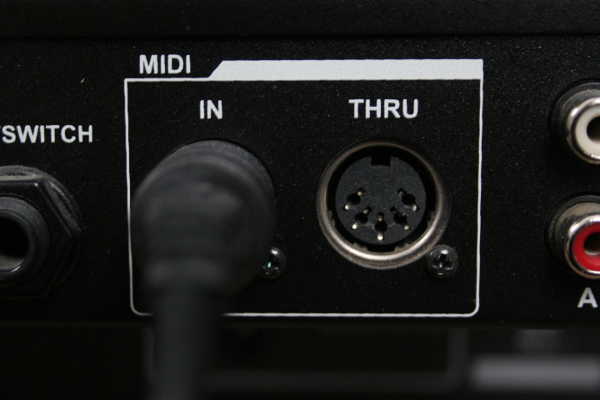MIDI
Primary tabs
MIDI (Musical Instrument Digital Interface) is a protocol that allows various electronic instruments and MIDI software to communicate with each other. The standard MIDI connector (5 pin DIN cable) is used to connect MIDI hardware, although some devices can also send MIDI data via USB cables to computers with MIDI software. MIDI software can also communicate using this data, eg. the MIDI sequencer in a program can send this information to a MIDI plugin.

The MIDI protocol sends data that contains information such as the pitch, velocity and control information. MIDI data has 128 values that go from 0 to 127.
A MIDI keyboard is a good example of how MIDI data works. Keys have values between 0 and 127 to communicate what key they represent. Keys on the left of the keyboard have lower values, while higher pitched keys on the right have higher values.
0 to 127 also communicates the velocity of the note/notes being pressed, where 20 would be a light velocity and 100 would be a harder velocity. This data can be sent to MIDI hardware or software that can use/play this data, eg. a synth, piano plugin or drum software.
MIDI controllers can also be binded to software controls to control volume, panning, etc.
